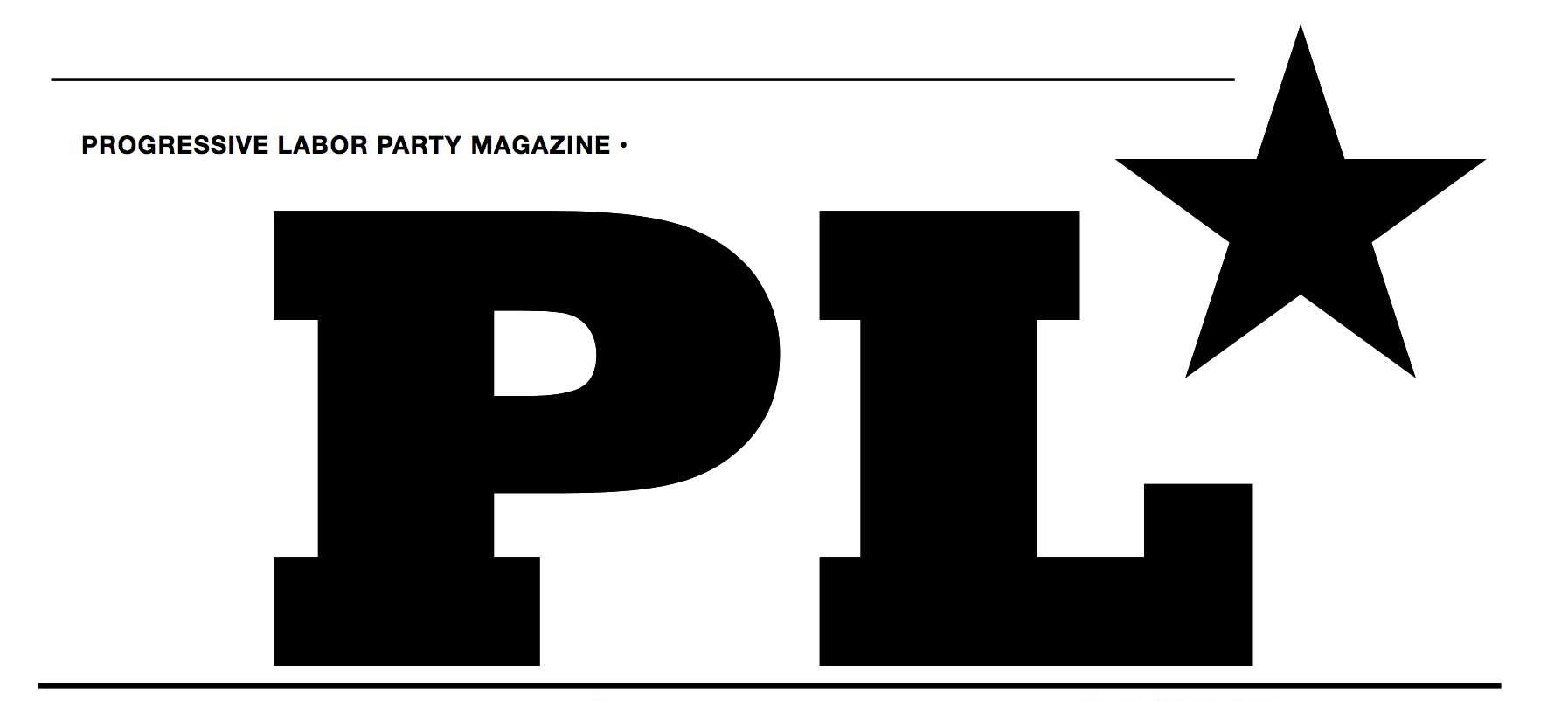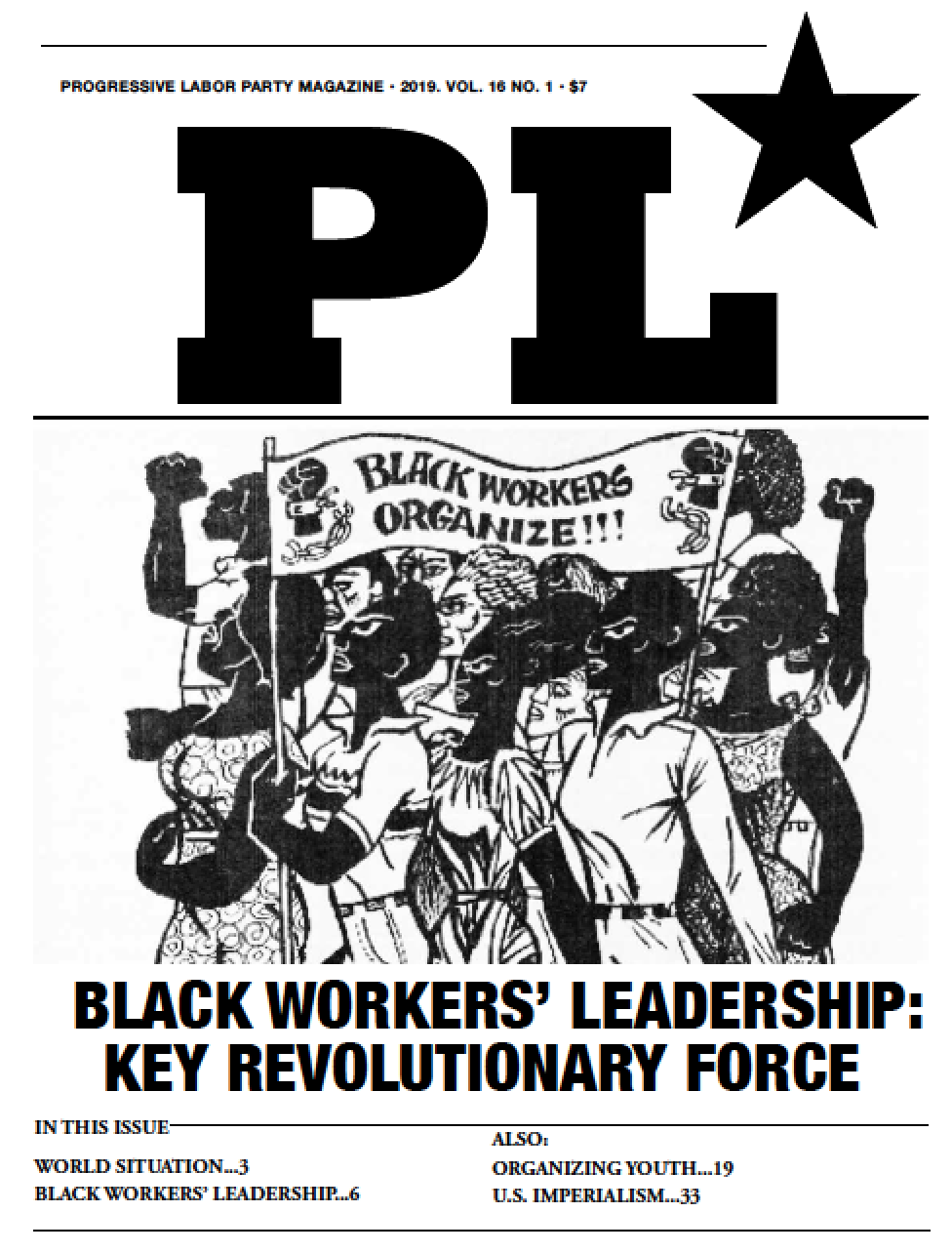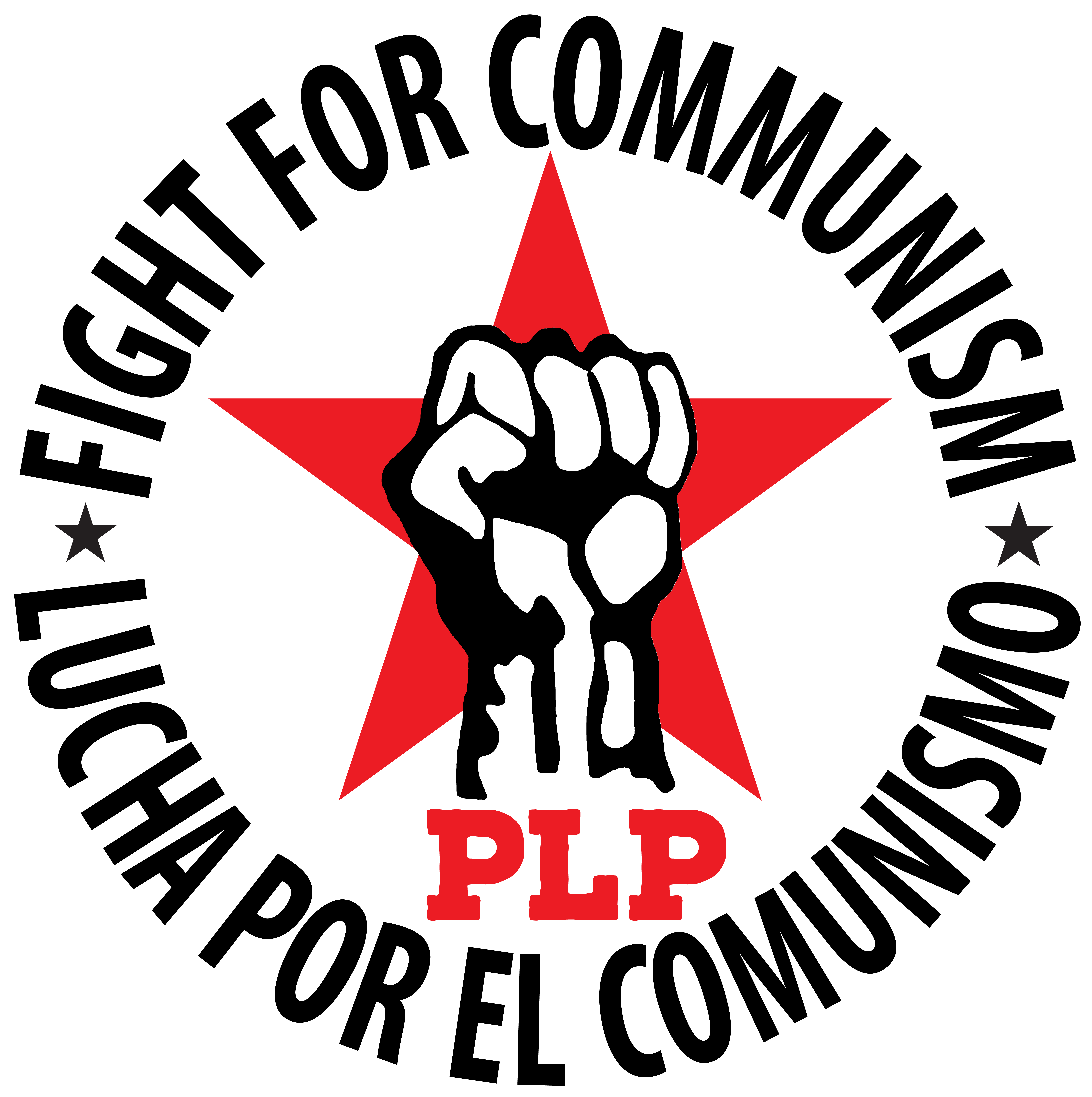The French Revolution proved that workers can rule
 Friday, June 29, 2018 at 1:32AM
Friday, June 29, 2018 at 1:32AM On July 14, 1789, poor workers took over the Bastille, a medieval prison in Paris and symbol of feudal, aristocratic power. The great French Revolution had began! The capitalist class (bourgeosie) would replace the monarchy (king and nobles). But some advanced revolutionaries were advocating an egalitarian, communist society. This was the birth of the modern working-class communist movement!
France was then an agricultural society ruled by noble landowners and a powerful Catholic church, with the king at the top. The urban bourgeoisie wanted a constitutional monarchy giving them more political power. They needed the urban workers, called “sans-culottes,” to fight for them against the monarchy. But for a few years the sans-culottes fought for their own interests.
The sudden, violent overthrow of the French monarchy and landed aristocracy proved that the status quo was not “God-given,” not inevitable, not the product of “human nature.” It proved that the political structure could be changed for the better. Not only was a society with more equality and less exploitation possible, but the French Revolution also gave birth to future revolutionary communist movements.
The French Revolution was inspired by the Enlightenment, a bourgeois movement that attacked monarchies and feudalism. The Enlightenment popularized talk of human rights—anti-racism, political rule by the people, the rights of women, and equality for all. It argued that the power of kings and aristocrats was illegitimate.
In 1789 the French King had called a nationwide meeting (Estates-General) of nobles, clergy, and bourgeoisie, to vote him new taxes. When the bourgeoisie refused the King tried to shut them down. But the sans-culottes rebelled and stormed the Bastille. The revolution began. Here are some lessons, especially from the most radical and democratic period of 1789 to 1795.
* The sans-culottes of the cities—workers, journeymen, apprentices, working women—always pushed the Revolution ahead, towards more equality, more rights and power for working people.
* The sans-culottes had no political party. The party of petty-bourgeois revolutionaries and sincere idealists who worked most closely with them was called the Jacobins. But the working class needs its own party. It is the job of the Progressive Labor Party to fulfill that historic task today.
* It was the mass actions of the sans-culottes, sometimes supported by the most radical Jacobins, who pushed the Revolution to adopt the most democratic reforms.
The bourgeoisie, intellectuals, and sans-culottes all united to get rid of the king and aristocracy and to take land from the Church. After that, their interests no longer coincided. The radical bourgeoisie needed the sans-culottes only as long as foreign armies threatened to destroy the Revolution.
Seizing the lands of aristocrats and the Church gave peasants their own land. They wanted higher prices for the food they grew. But the urban sans-culottes needed low prices. So the peasants’ economic interests were more aligned with the bourgeois merchants, traders, and landlords than with those of the sans-culottes.
Once foreign armies were driven back, the bourgeois representatives—some of whom had been executed as counter revolutionaries—turned against the Jacobins and the sans-culottes and established a more repressive state. After 1795 the propertied bourgeoisie was in firm control. They organized a bourgeois dictatorship, and then an authoritarian empire under Napoleon Bonaparte.
Gracchus Babeuf, a poor, self-taught worker, headed the last and most radical, movement of the Revolution. His “Conspiracy for Equality” was crushed and Babeuf executed. But one of his followers, Buonarroti, survived to influence the working-class and student militants of the 1840s, including Karl Marx and Friedrich Engels. And the working class of Europe learned from the experience of the sans-culottes of France. The Paris Commune of 1871, and the Russian Revolution of 1917, were the first revolutions by the industrial working class, the proletariat. They grew from the lessons of the great French Revolution.





 Progressive Labor Party (PLP) fights to destroy capitalism and the dictatorship of the capitalist class. We organize workers, soldiers and youth into a revolutionary movement for communism.
Progressive Labor Party (PLP) fights to destroy capitalism and the dictatorship of the capitalist class. We organize workers, soldiers and youth into a revolutionary movement for communism.




Reader Comments